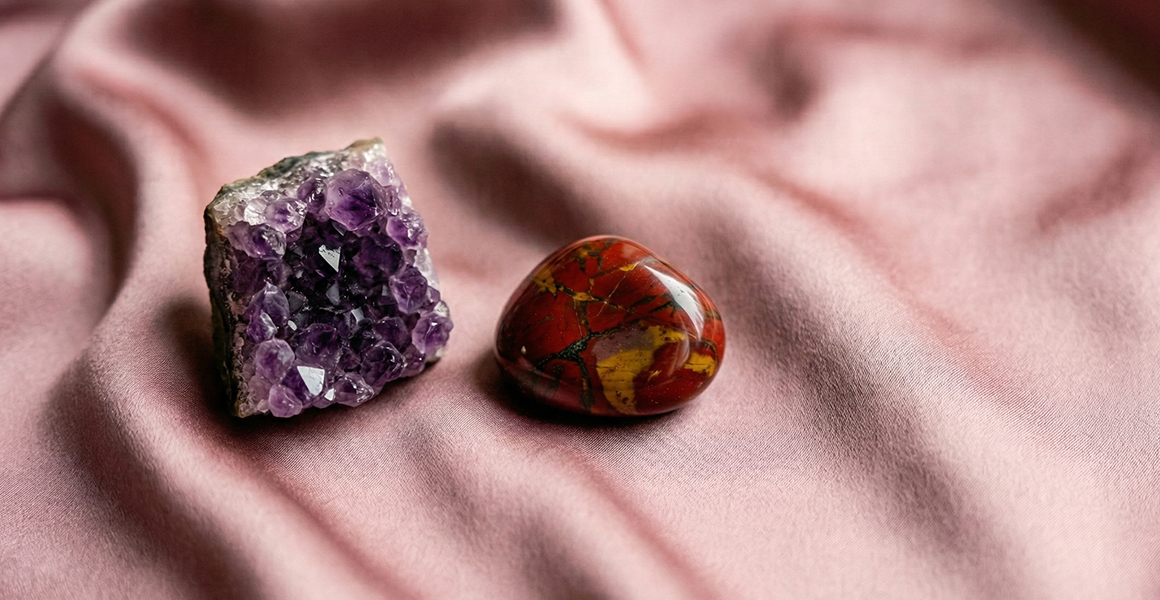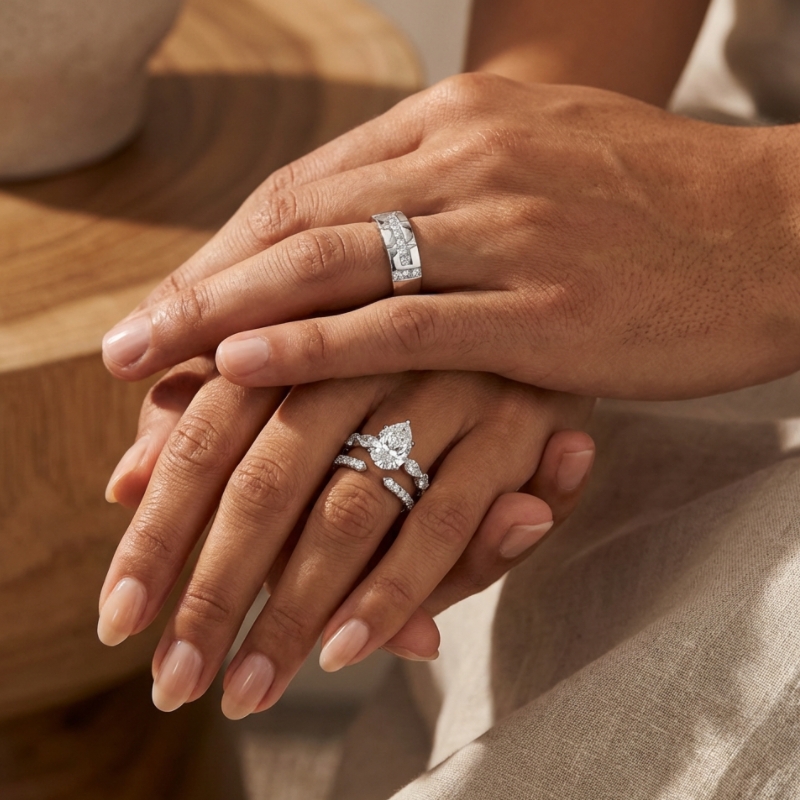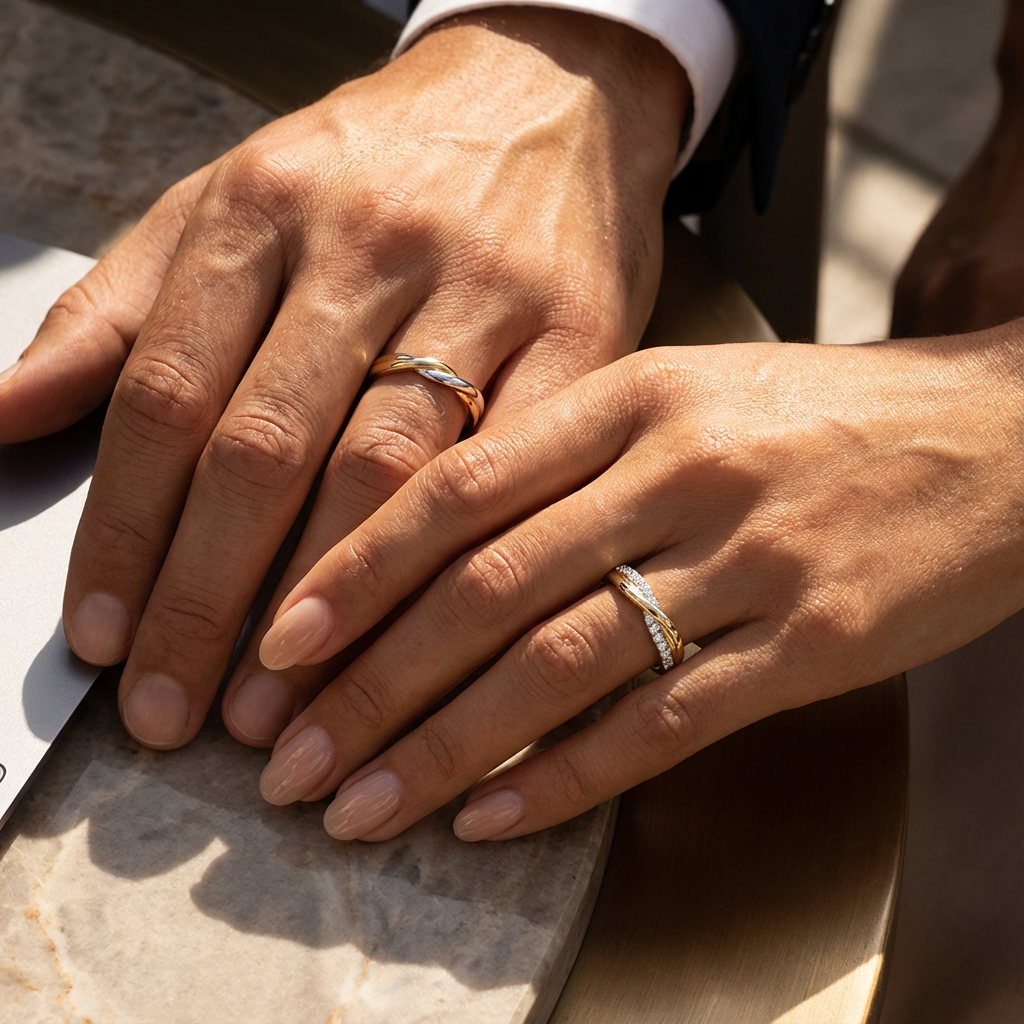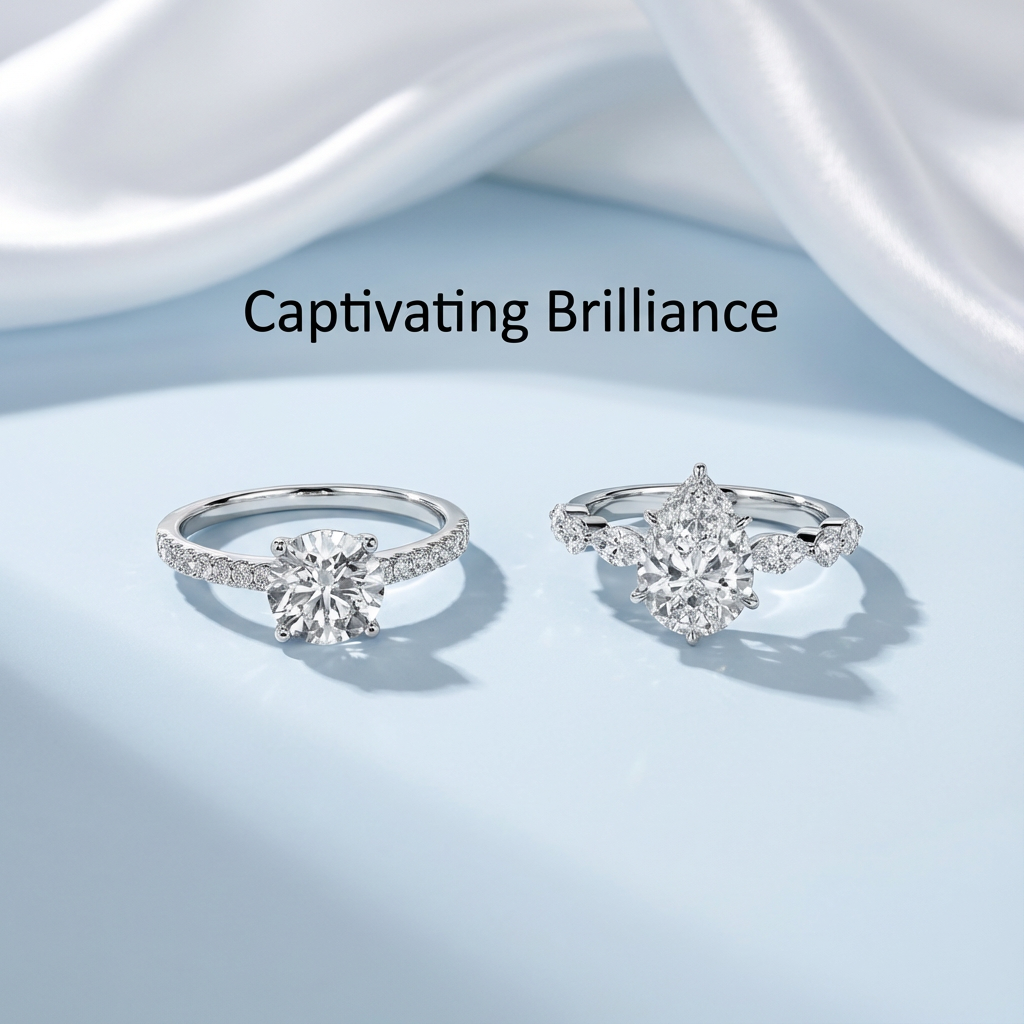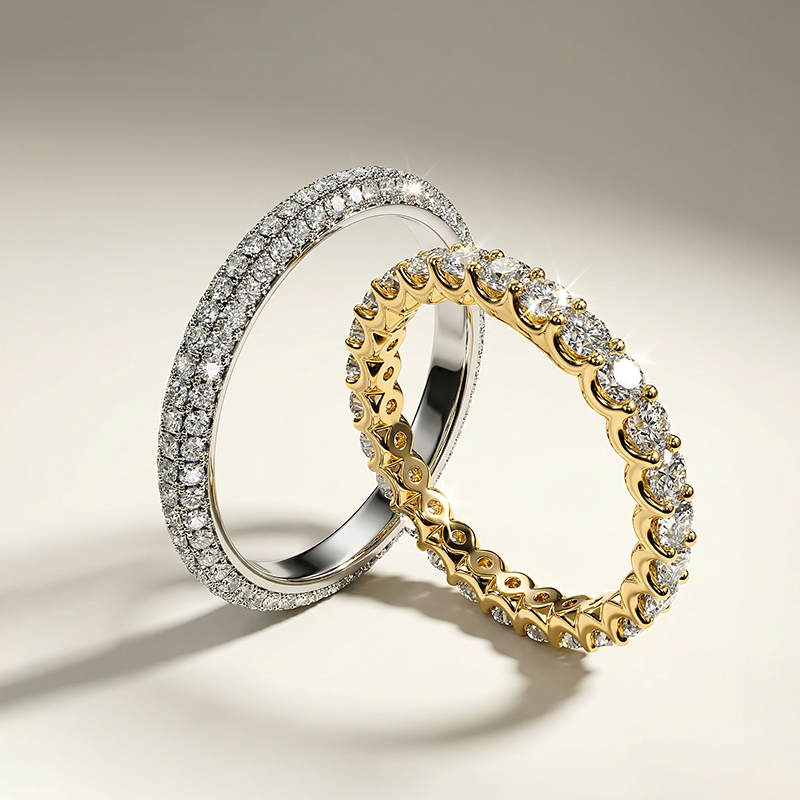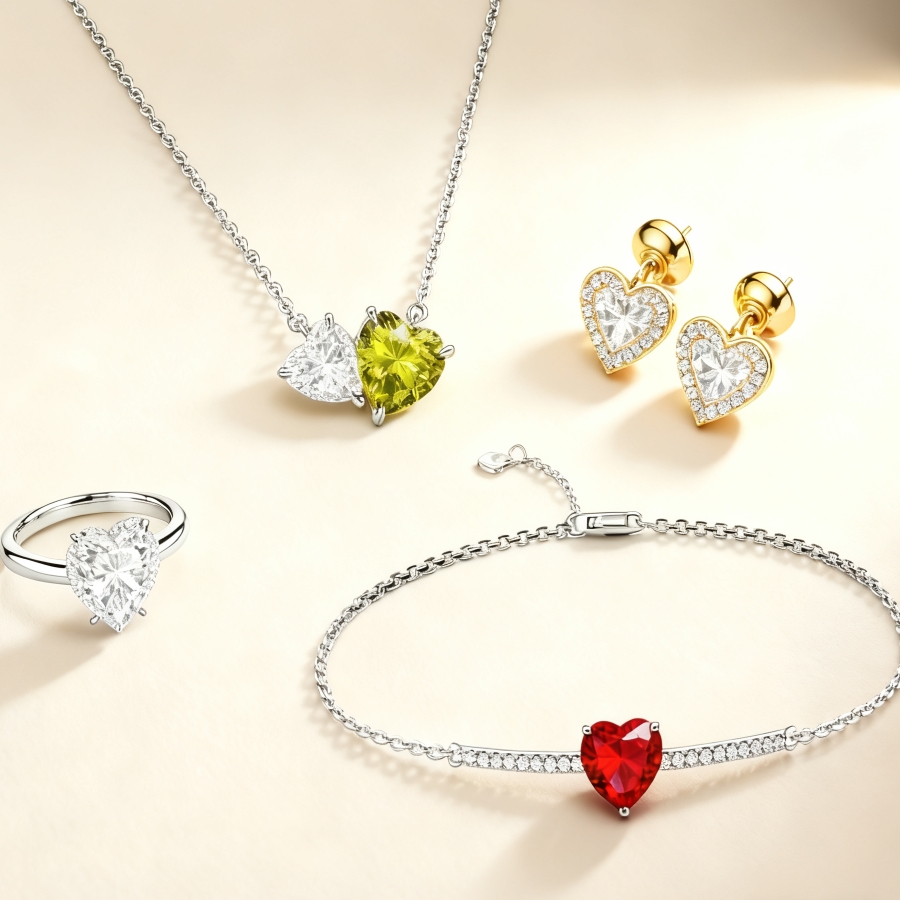Thinking of purchasing fine jewelry made with precious metals? Karat gold is one of the most popular options, but understanding the karat ratings can be confusing. This guide aims to simplify the basics of gold karats so you can choose the right pieces with confidence. We'll explain what karat means, the pros and cons of different gold alloys, how purity affects appearance and cost, and other common karat gold questions.

What is karat gold?
Karat (K) is a measure of the purity of gold. Pure gold is 24 karats, but it is too soft for jewelry, so it is alloyed with other metals to increase its strength and durability.
Is karat gold real gold?
Yes, karat gold is indeed real gold. Karat gold is made of a gold alloy, which means it contains a certain percentage of pure gold mixed with other metals like silver, copper, or zinc. The karat number indicates the purity of the gold in the piece, with 24k being pure gold. Therefore, while karat gold is not 100% pure gold, it is still considered real gold due to the presence of genuine gold in the alloy.
What are the different karats of gold?
Gold jewelry is available in various karats such as 10k, 14k, 18k, and 24k. The number before the “k” indicates the proportion of pure gold in the alloy. For example, 24k gold is 99.9% pure gold, while 18k gold is 75% gold.
What is the difference between 10k, 14k, and 18k gold?
| Karat | Gold Content | Advantages | Disadvantages |
|---|---|---|---|
| 10K | 41.7% gold | More affordable; Harder and more durable; Resistant to tarnishing. | Lower gold content; Less valuable; May cause skin reactions in sensitive individuals. |
| 14K | 58.3% gold | Balance between durability and purity; More lustrous than 10k; Suitable for everyday wear. | Slightly less pure than 18k; May still cause shin reactions in some people. |
| 18K | 75% gold | Higher gold content; More valuable and luxurious; Richer color and luster | Softer and more prone to scratching; Requires more care and maintenance. |
Why does gold come in different colors?
Gold can be alloyed with different metals to create various colors. For example:
- Yellow Gold: Typically alloyed with silver and copper.
- White Gold: Alloyed with metals like nickel, palladium, or zinc and plated with rhodium for a shiny finish.
- Rose Gold: Alloyed with copper, giving it a pinkish hue.

Is higher karat gold better?
In terms of purity and value, higher karat gold, such as 18k or 24k, is considered better as it contains a higher percentage of pure gold, making it more valuable. However, higher karat gold is softer and more prone to damage compared to lower karat gold. Whether higher karat gold is better depends on your priorities: if you value purity and luxury, higher karat gold may be preferable. If durability is more important, lower karat gold might be a better choice.
Does the price of gold jewelry depend on the karat?
Yes, the price of gold jewelry is influenced by the karat purity. Higher karat gold is more valuable due to its higher gold content.
Can I wear karat gold if I have skin sensitivities?
Pure gold is hypoallergenic, but alloyed gold may cause reactions in some individuals. Therefore, opt for higher karat gold or hypoallergenic metals like platinum if you have sensitive skin.
Can karat gold jewelry tarnish?
Pure gold does not tarnish, but alloyed gold may tarnish over time due to the other metals in the alloy. Regular cleaning and proper care can help maintain the shine of your gold jewelry.
Can I wear karat gold jewelry in water?
While karat gold is generally resistant to tarnishing and corrosion, it’s best to avoid wearing it in chlorinated water or saltwater, as these environments can affect the metal over time.
How do I care for karat gold jewelry?
- Clean gold jewelry regularly with mild soap and warm water.
- Avoid exposing gold jewelry to harsh chemicals or abrasive materials.
- Store gold jewelry separately to prevent scratching.
- Have high-end gold jewelry professionally cleaned and inspected periodically.

What’s the difference between karat gold jewelry and gold-plating jewelry?
Karat gold is made of a gold alloy mixed with other metals. The karat number indicates the purity of gold in the piece, with 24k being pure gold. Karat gold jewelry is known for its durability and lasting value.
Gold-plated jewelry, on the other hand, consists of a thin layer of gold applied over a base metal. While gold-plated jewelry is more affordable, it is less durable than karat gold and may tarnish or wear off over time.
What’s the difference between Karat and Carat?
Karat (K) is a unit of measurement used to describe the purity of gold. It indicates the proportion of pure gold in a piece of jewelry. For example, 24 karat gold is considered pure gold.
Carat (Ct) is a unit of measurement used to measure the weight of gemstones, such as diamonds. One carat is equivalent to 200 milligrams. The carat weight of a gemstone is a significant factor in determining its value.
How do I choose the right karat gold for my jewelry?
Consider your style, budget, and durability needs. 18k and 14k are popular choices for everyday wear due to their balance of beauty and durability, while 10k is more affordable but slightly less pure.
How can I verify the authenticity of karat gold?
- Hallmark: Look for a hallmark or stamp on the jewelry indicating the karat purity. This stamp confirms the gold content in the piece.
- Acid Testing: Professional jewelers can perform an acid test to determine the karat purity of gold. This test involves applying acid to a small scratch on the jewelry to observe the reaction.
- Density Test: Gold has a specific density, so a jeweler can perform a density test to verify the authenticity of the gold based on its weight and volume.


